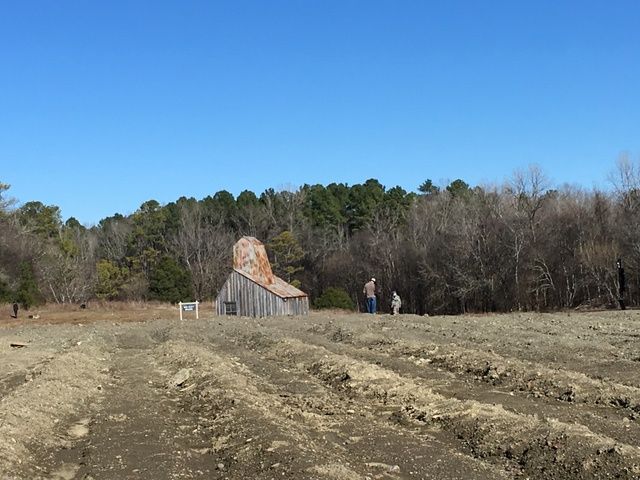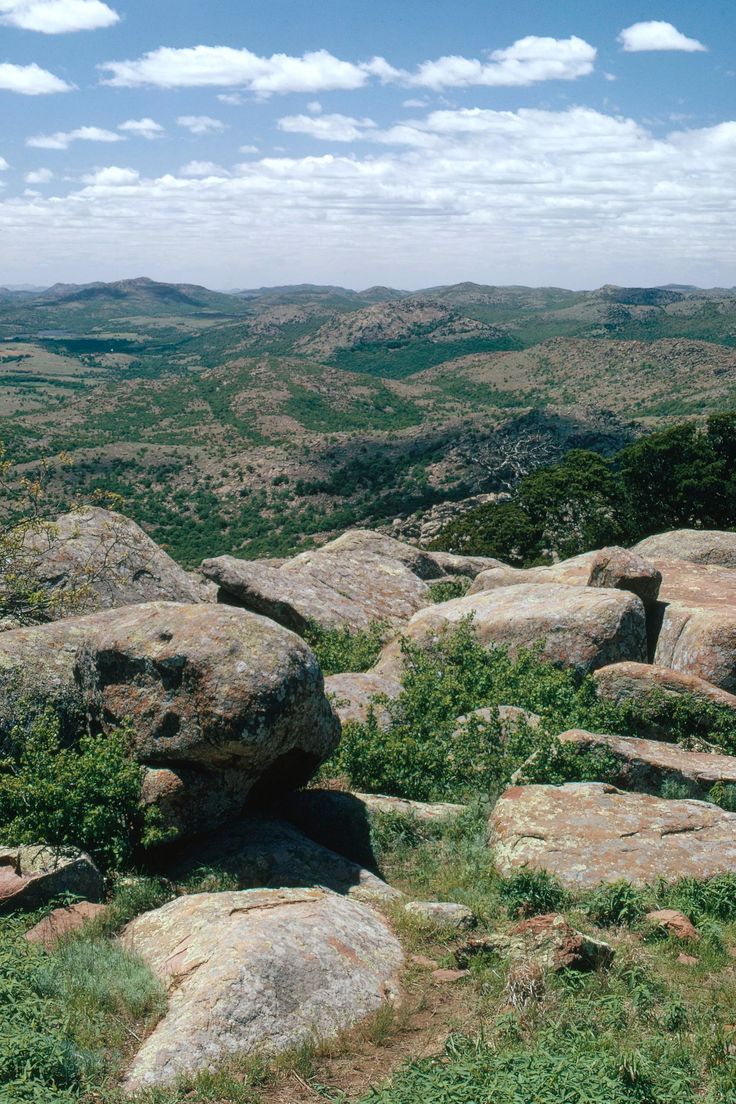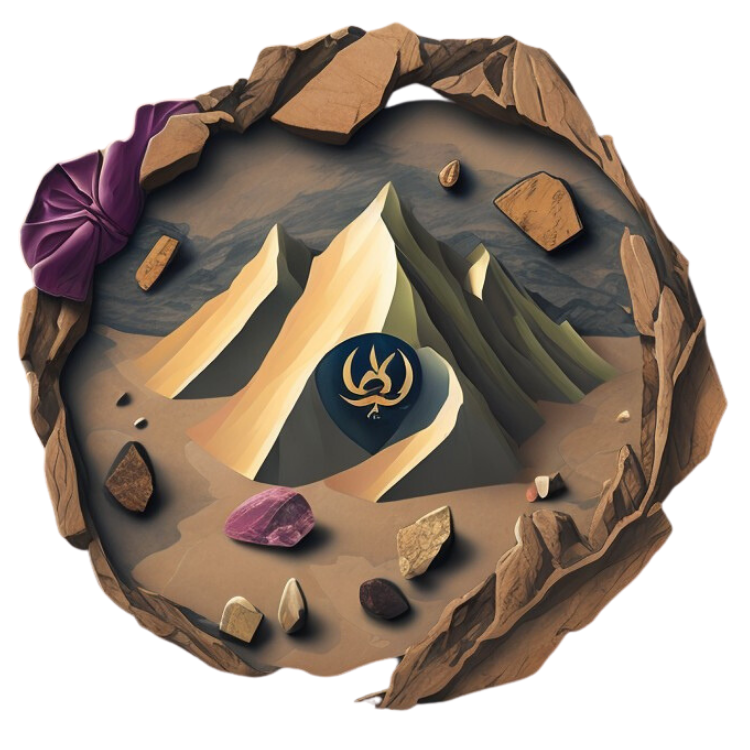Top Arkansas Rockhounding Dig Sites
Arkansas is a rockhound's paradise, offering some of the most diverse and exciting mineral hunting opportunities in the United States. From the only public diamond mine in the world to the "Quartz Crystal Capital," Arkansas's unique geology has created extraordinary deposits of gems and minerals. Whether you're searching for diamonds, optical-grade quartz, rare minerals, or colorful crystals, Arkansas has a destination for every rockhounding enthusiast.
Crater of Diamonds State Park

Crater of Diamonds State Park in Murfreesboro is the only diamond-producing site in the world open to the public. The park operates a "finders keepers" policy—you keep any diamond, gemstone, or mineral you find, regardless of size or value. Since opening in 1972, over 35,000 diamonds have been discovered by visitors, including the 40.23-carat Uncle Sam, the largest diamond ever found in the U.S.
What You Can Find: Diamonds (white, brown, and yellow), amethyst, agates, jasper, garnets, and quartz crystals.
Cost: Park entrance fee applies. Tools can be rented or brought from home (non-mechanical only).
Best Time to Visit: Spring and fall offer comfortable weather. Visit after rainfall when diamonds are easier to spot on the surface.
Learn MoreMount Ida - Quartz Crystal Capital of the World

Mount Ida, nestled in the Ouachita Mountains, is world-renowned for producing some of the clearest and highest-quality quartz crystals on Earth. The area features numerous public mines where visitors can dig for their own crystals and keep what they find. Quartz from Mount Ida is so pure it's called "optical-grade" and has been used in scientific instruments, electronics, and fine jewelry for over a century.
What You Can Find: Clear quartz crystals, smoky quartz, rose quartz—ranging from small specimens to museum-quality pieces.
Top Mines: Wegner Crystal Mines, Ron Coleman Mine, Jim Coleman Crystal Mines, Avant Mining at Fisher Mountain, Board Camp Crystal Mine, Twin Creek Crystal Mine, Crystal Vista, and Avatar Crystal Mine.
Cost: Most mines charge a fee for digging (typically $20-50 per person). You keep everything you find.
Pro Tip: Bring a spray bottle to rinse crystals on-site and assess their quality. Spring and fall offer the most comfortable digging weather.
Learn MoreMagnet Cove - Rare Mineral Paradise

Magnet Cove, located 12 miles east of Hot Springs in the Ouachita Mountains, is one of the most geologically unique locations in North America. This ancient volcanic crater, formed over 100 million years ago, has produced over 40 rare minerals—more than almost any other concentrated area in the United States. The site has been a collector's destination since the 1930s and continues to yield fascinating specimens.
What You Can Find: Magnetite (the mineral that gave the cove its name), brookite, rutile, pyrite, kimzeyite (a rare garnet named after a local family), perovskite, and carbonatite.
Cost: Free, but most land is privately owned. Always seek permission before collecting.
Important Note: Public land is very limited. Contact landowners or join a rockhounding club for organized trips with proper access.
Best Locations: Near Highway 51, Cove Creek Bridge, near Magnet Grove Baptist Church, and south of the cemetery.
Learn MoreHot Springs - Quartz and Rare Phosphates

Hot Springs, famous for its thermal waters and national park, is also a premier rockhounding destination. The 250+ million-year-old Ouachita Mountains surrounding the area created perfect conditions for rare mineral formation. Just 37 miles from Mount Ida, Hot Springs offers diverse collecting opportunities from public mines to natural formations.
What You Can Find: Quartz crystals (Arkansas's state mineral), wavellite (rare green phosphate), pyrite (fool's gold), variscite, fluorite, and even uranium and columbium ore in select locations.
Top Location: Coleman's Crystal Mine offers fee-based digging with a gift shop. Other sites include hills east of roads for wavellite, West Mountain's south slope for pyrite, and rock ridges outside Hot Springs National Park.
Cost: Coleman's charges a digging fee. Natural sites are free but may require permission if on private land.
Pro Tip: Visit after rain when crystals are easier to spot. The area south of Lake Catherine may yield fluorite deposits.
Learn More